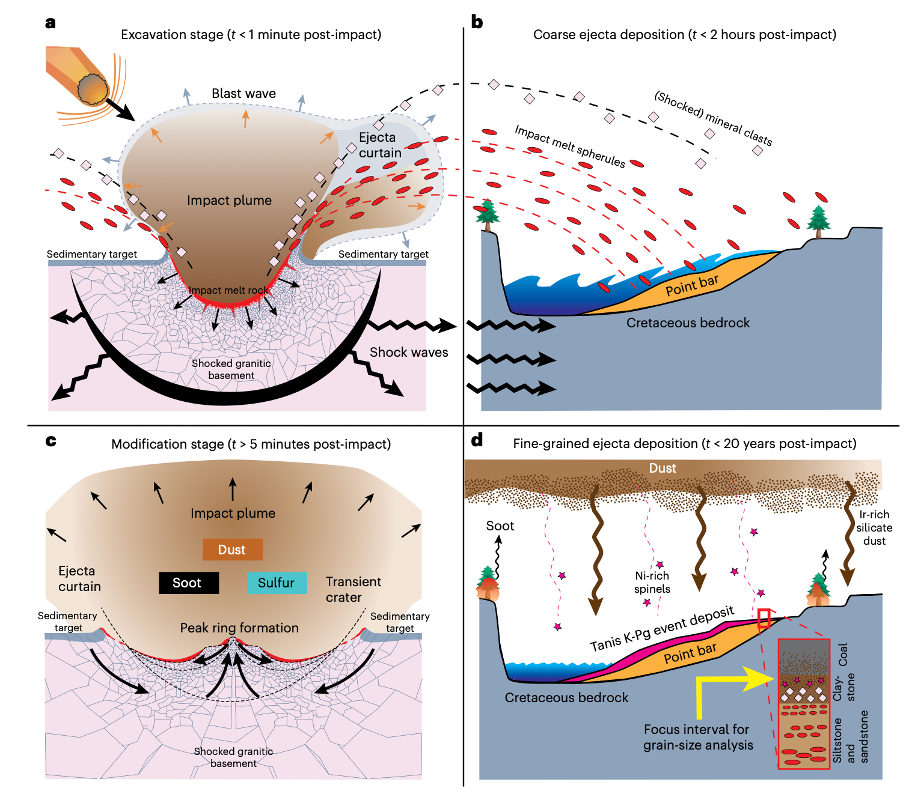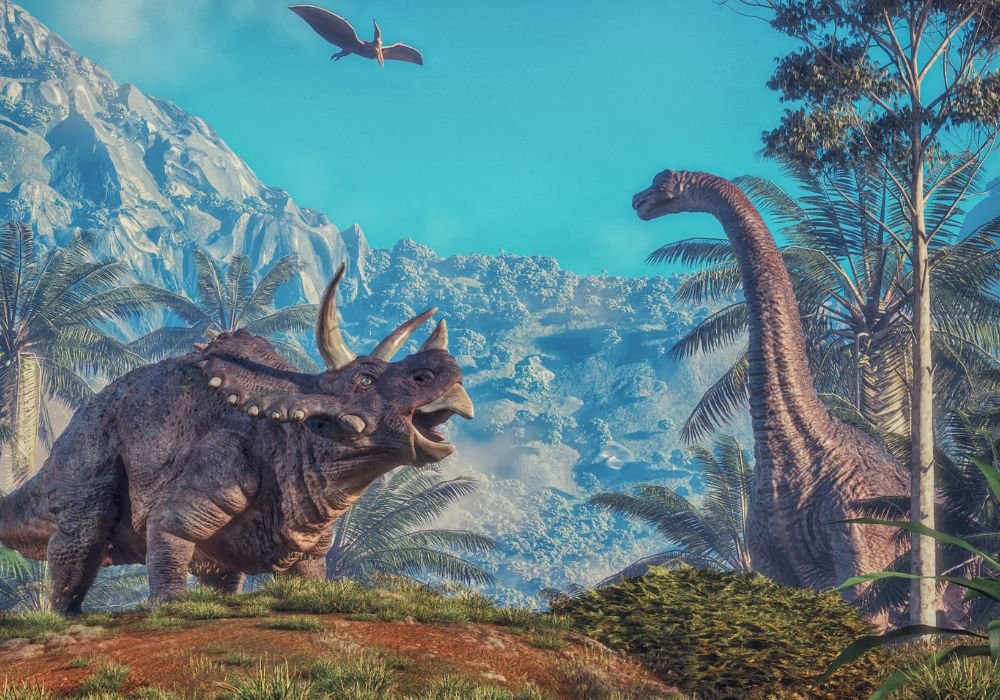You’ve probably heard of it The asteroid that wiped out the dinosaurs on planet Earth More than 66 million years ago, right? So how can a giant rock with a diameter of about 10 kilometers affect life on the entire planet? Many answers to this question have emerged in recent years.
However, a recent study published in the journal Nature Geoscience may have confirmed this thesis: Dust caused by asteroid impact may be the main reason for the extinction of more than 70% of life on the planet.
What is the relationship between dust and dinosaur extinction?
The idea is that although it didn’t kill entire species on impact, the asteroid’s arrival kicked up an excessive amount of fine dust from the ground, causing sunlight to be blocked across much of the world.
This caused the planet to cool, creating a temporary Ice Age that was very aggressive for the species that existed at the time. Additionally, dust has reduced the ability of many plants to photosynthesize, which has a direct impact on the food chain.
“The authors suggest that silicate dust, along with soot and sulfur, inhibited photosynthesis and maintained a winter effect long enough to cause a catastrophic collapse in primary productivity and create a chain extinction reaction,” he said. . The dust would remain suspended for up to 15 years, enough to cause sudden changes on the planet..
So how did the study reach this conclusion? Opening a “black box” dating back millions of years, in this case a huge “dust mine”, was essential for the researchers. Located in North Dakota, United States, this deposit is hidden more than a meter deep and contains large amounts of fine dust from the Cretaceous period.

This mine is located about 3,000 km north of the Chicxulub crater, which scientists attribute to the famous asteroid that killed the dinosaurs. The researchers used modern laser methods to identify silicate particles in the samples, which are the decisive material for all events to occur.
Therefore, everything indicates that this huge dust reserve is associated with the asteroid fall.
New study, not many ideas
This thesis is not new but he had been thrown away before and managed to survive through work. In the 1980s, the idea that the dust cloud affected all life on Earth appeared in scientific publications and gained currency with the confirmation of the existence of the Chicxulub crater in the Gulf of Mexico.
However, studies in the early 2000s disproved the hypothesis due to a lack of evidence, specifically the lack of sufficient dust samples to support the statement. The new published study changes this perspective once again, making the big cloud thesis possible.
Stay up to date with the latest scientific studies at TecMundo. If you wish, take the opportunity to learn how scientists named dinosaurs.
Source: Tec Mundo
I’m Blaine Morgan, an experienced journalist and writer with over 8 years of experience in the tech industry. My expertise lies in writing about technology news and trends, covering everything from cutting-edge gadgets to emerging software developments. I’ve written for several leading publications including Gadget Onus where I am an author.












